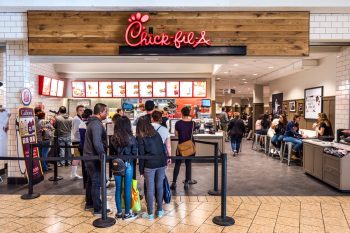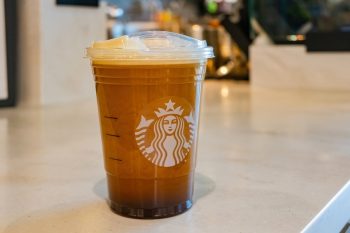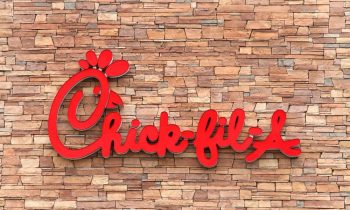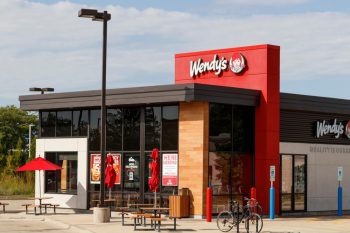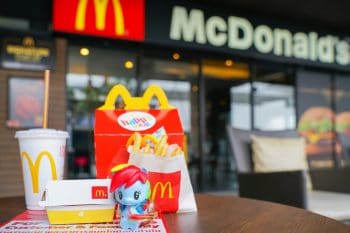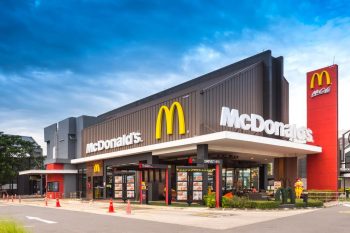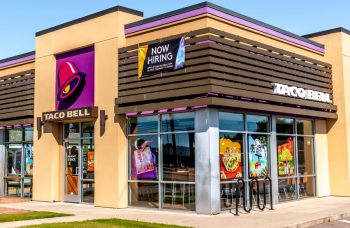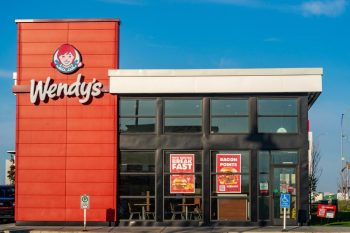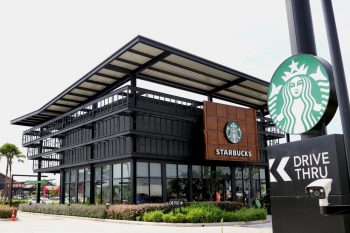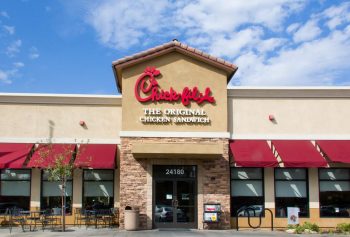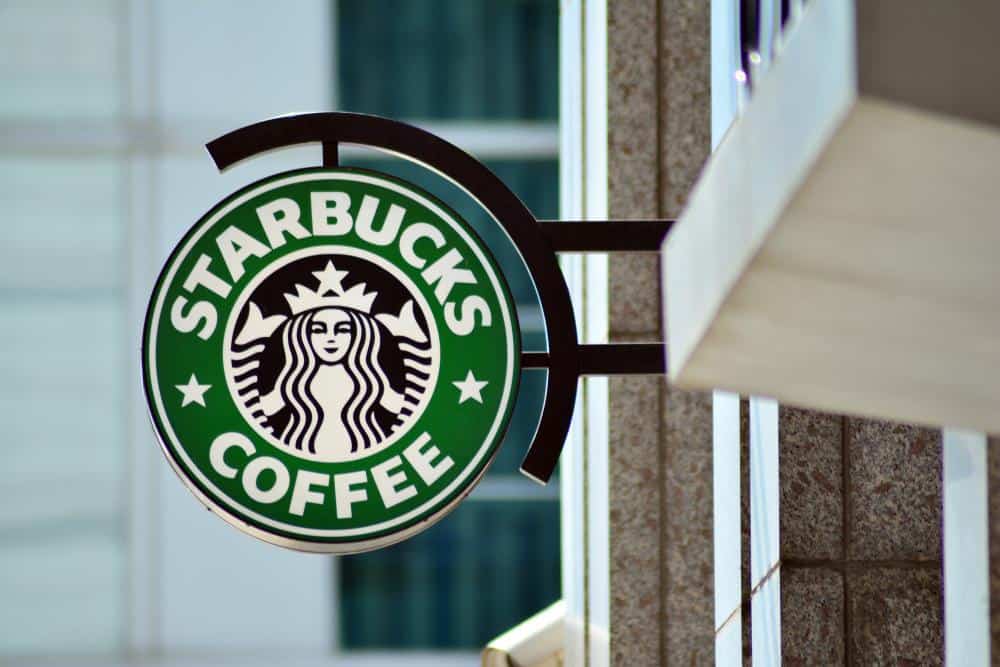
The “Starbucks Effect” is a term that describes the influence of the multinational coffeehouse chain, Starbucks, on various aspects ranging from the coffee industry to real estate values. This phenomenon is observed in two primary ways – the impact on the perceived premiumness of a product category and the influence on local real estate values.
The “Starbucks Effect” refers to the influence Starbucks has on both the coffee industry and local real estate values. In the coffee industry, Starbucks has elevated the perceived value and prices of coffee, contributing to an increase in overall industry profits. On the real estate front, properties near a Starbucks tend to increase in value faster than those that aren’t, indicating neighborhood growth and potential gentrification. However, this effect can also lead to displacement of original residents and local businesses due to increased property values and rents.
The Starbucks Effect on Coffee Industry
Starbucks, with its premium coffee and unique customer experience, has immensely influenced the coffee industry. Their innovative approach has elevated the perceived value of coffee, leading to an increase in the prices and profits of the entire industry, not just Starbucks itself.
For instance, before Starbucks’ rise, only 3% of all coffee sold in the United States was priced at a premium—at least 25% higher than value brands. Today, 40% of coffee is sold at premium prices. This phenomenon, where the introduction of a premium product or service by a company elevates the perceived value and prices of the entire category, is known as the “Starbucks Effect”.
The Starbucks Effect is not limited to the coffee industry. It can be observed in other industries as well. For example, Dannon, a yogurt company, introduced a series of innovations in the 1990s, which increased both its market share and average price, leading to a similar effect in the yogurt industry.
However, it’s important to note that the Starbucks Effect can be taken to an extreme, leading to a decrease in the cachet of a product category. This can happen when too much focus is placed on the super-premium end of a product category, causing the main brands to drift towards the private label.
The Starbucks Effect on Real Estate
The Starbucks Effect also refers to the impact on local real estate values. Research conducted by Zillow found that the value of properties within a quarter-mile of a Starbucks rose faster than those that weren’t. Between 1997 and 2014, properties closer to Starbucks increased in value by 96%, compared to 65% for all U.S. residential properties.
Starbucks’ presence signals to developers that the neighborhood is on the rise. Starbucks’ analytics experts are skilled at identifying the demographic, income, and economic metrics and trends that drive residents towards high-priced coffee, which helps the company choose optimal store locations.
While it is not clear whether housing prices rise due to the Starbucks opening itself or because more affluent customers have moved into the area, the presence of a Starbucks can be considered an indicator of neighborhood growth and gentrification.
Impacts on Local Businesses and Communities
The Starbucks Effect can have both positive and negative impacts on local businesses and communities. On the positive side, the presence of a Starbucks store can lead to a surge in economic growth in the area as it attracts more customers and businesses, stimulating economic development.
On the negative side, the presence of a Starbucks store can lead to the displacement of existing residents and businesses due to increased property values and rents. This can decrease the affordability of housing in the area. Local businesses, especially independent coffee shops, may also suffer a decline in profits due to competition with Starbucks.
Conclusion
In conclusion, the “Starbucks Effect” is a phenomenon that demonstrates the power of a single company to influence both the perceived value of a product category and the economic landscape of a neighborhood. However, while the Starbucks Effect can boost local businesses and property values, it can also contribute to gentrification, potentially leading to displacement of original residents.
Frequently Asked Questions
What other companies have created a similar effect in their respective industries?
Companies like Apple in the technology sector and Tesla in the automobile industry have created similar effects. Apple’s introduction of the iPhone elevated the perceived value and price of smartphones, while Tesla’s electric cars have influenced the entire auto industry to shift towards electric vehicles.
Does the Starbucks Effect always lead to gentrification?
No, the Starbucks Effect does not always lead to gentrification. While the presence of a Starbucks store can increase property values and potentially attract a wealthier demographic, it does not automatically result in gentrification. Other factors, such as local policies and economic conditions, also play a significant role in gentrification.
How does Starbucks choose its locations?
Starbucks uses a combination of sophisticated data analytics and local market understanding to choose its locations. It considers factors like demographic, income, and economic metrics and trends, as well as the potential for high-priced coffee consumption.
How can local businesses compete with Starbucks?
Local businesses can compete with Starbucks by offering unique products, superior customer service, and a sense of community that large chains often struggle to replicate. They can also focus on sustainability and local sourcing, which are increasingly important to consumers.
Is the Starbucks Effect a globally observed phenomenon?
Yes, the Starbucks Effect is observed globally. Starbucks’ influence on the coffee industry and real estate values is not just limited to the United States but can be seen in other countries where the company operates.


